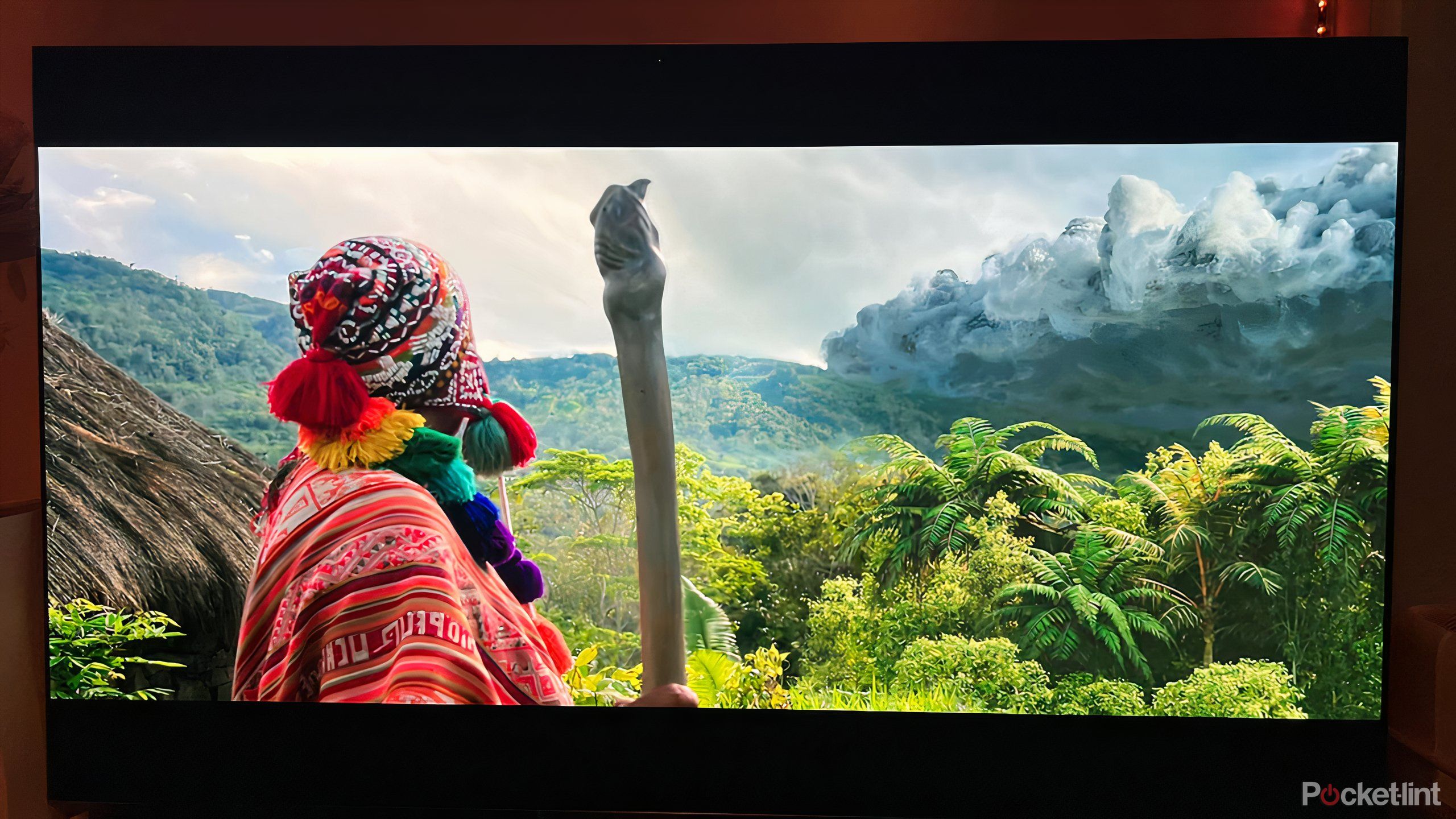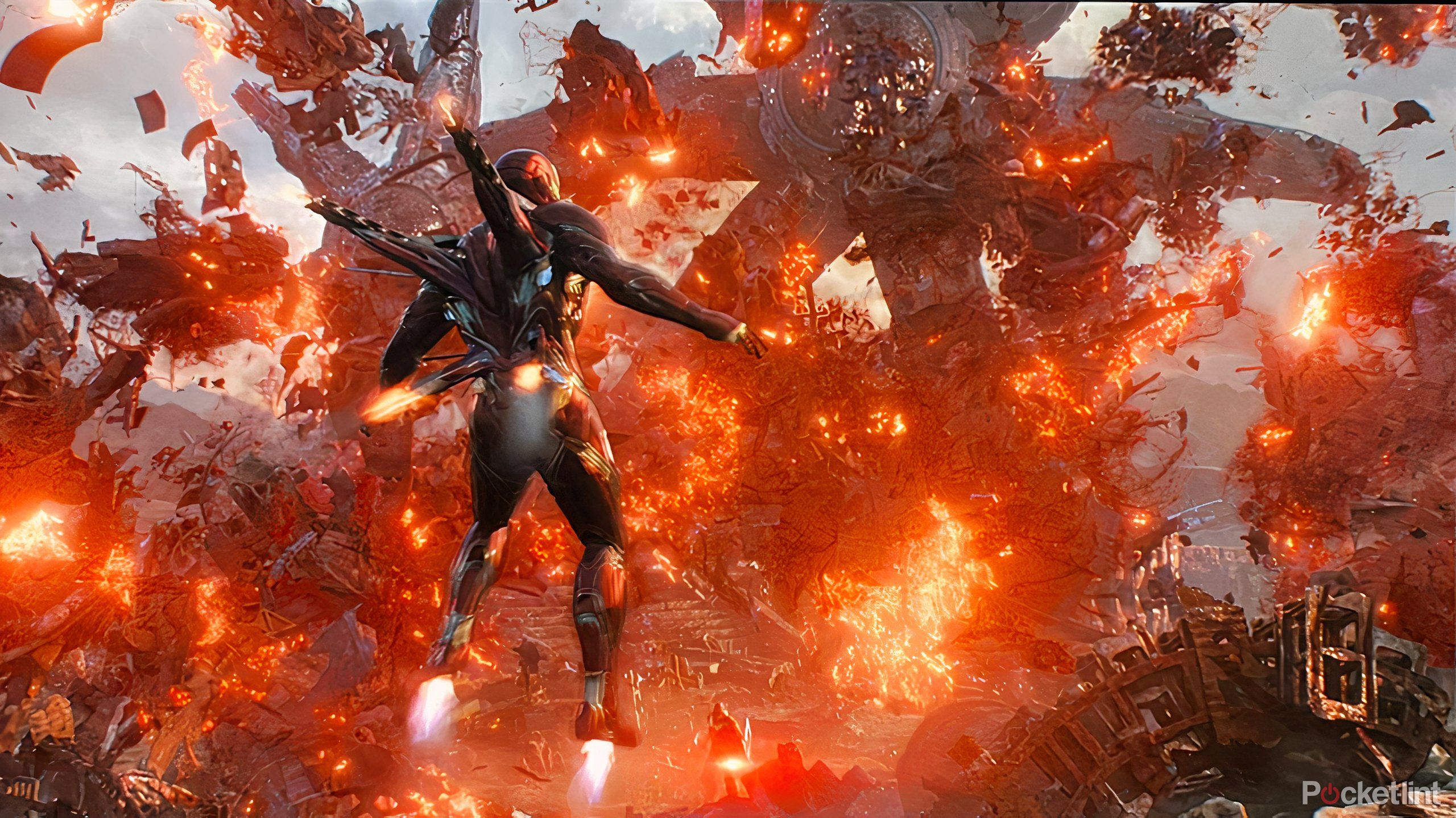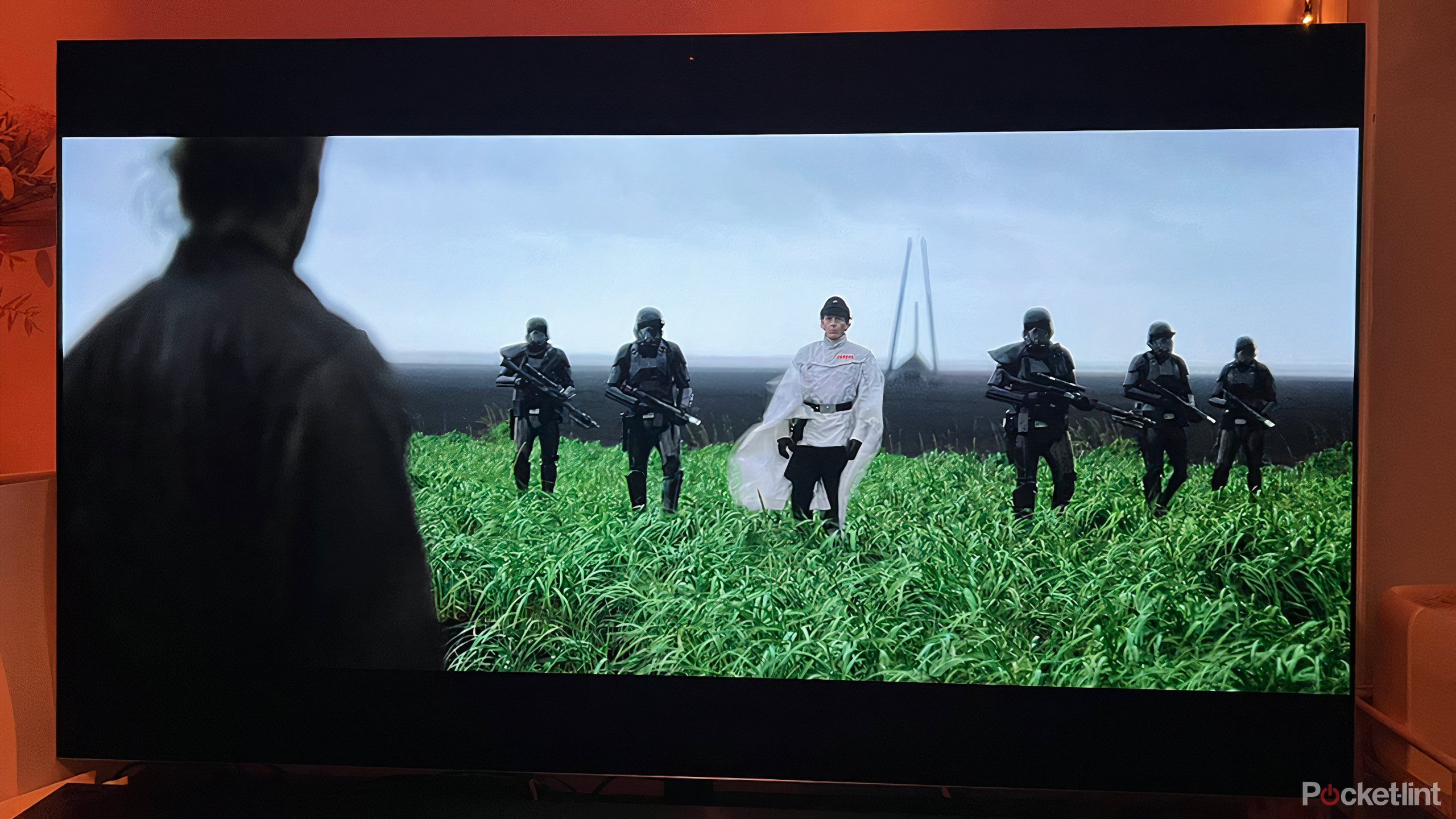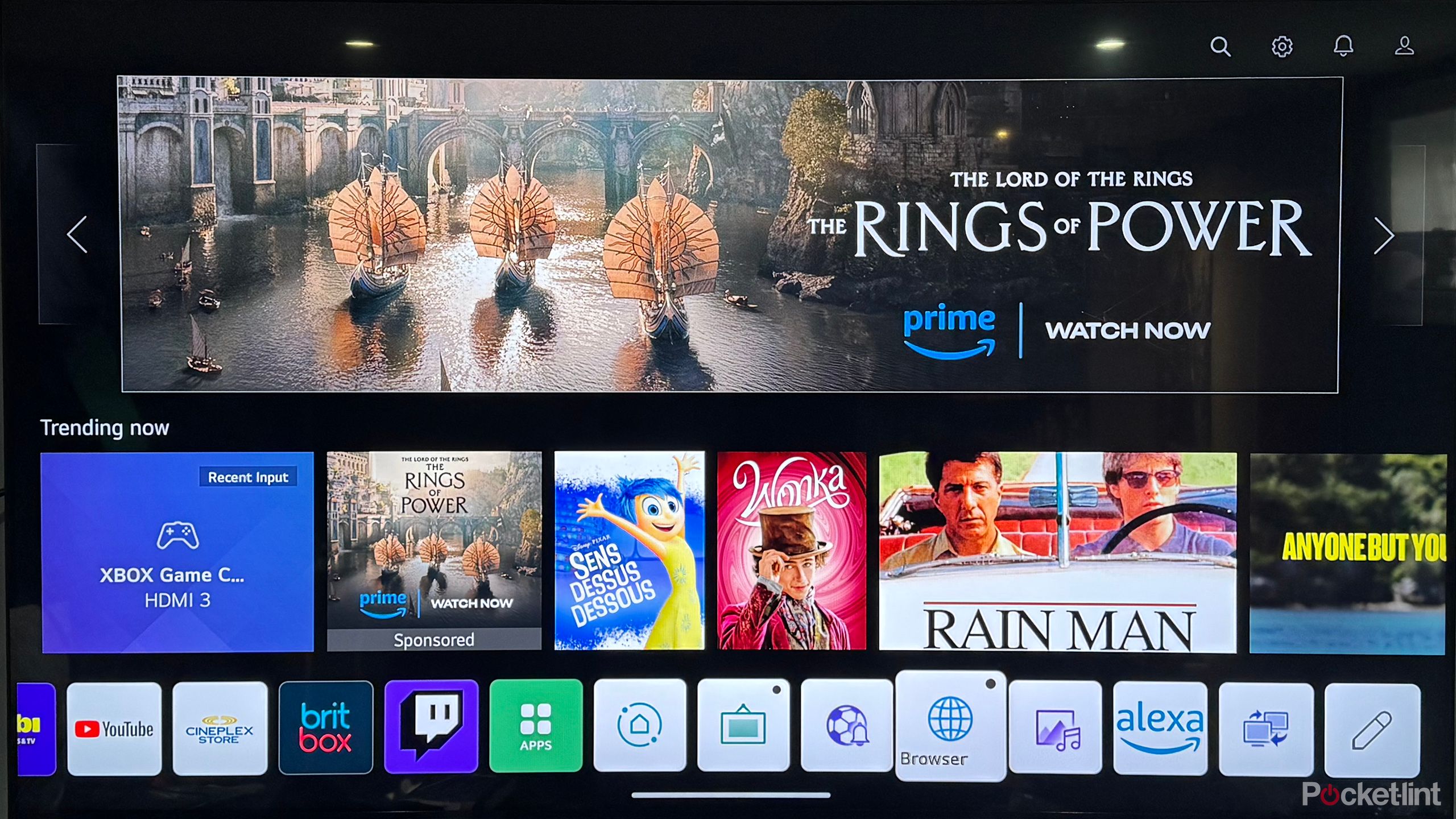Key Takeaways
- HDR improves color and contrast on smart TVs, making content more vibrant and detailed.
- HDR10 provides static adjustments, while HDR10+ uses dynamic metadata to optimize the image on screen.
- Dolby Vision is proprietary technology that rivals HDR10+, with divisions between TV manufacturers and streaming services.
There is no shortage of acronyms, abbreviations, and marketing terms that swirl around smart TVs, making an investment in one often a confusing and tedious process. Some terms may describe technical hardware features while other, seemingly similar terms, are actually about branding and marketing. An OLED screen is a technical consideration, but the Neo-QLED is marketing. Refresh rate is hardware, but motion rate is software.
The same complications arise when you look at video formatting, an important component of enjoying modern content on your smart TV. High Dynamic Range (HDR) is a crucial feature that offers more detail, color, and contrast, but the technology can get mighty confusing very quickly. Here’s what you need to know.
Related
I’d consider these 5 specs the most before buying a smart TV
As a shopping savvy cinephile, here’s what I look for when shopping for a new smart TV.
What is HDR, or High Dynamic Range?
This essential technology is found on most smart TVs
High Dynamic Range is a televisual technology that improves both color and contrast. When watching a TV with HDR, you’ll likely notice colors are more vibrant compared to TVs that don’t have HDR. Not only do colors tend to ‘pop’ more, but they are also more accurate and realistic.
In terms of contrast, HDR allows for blacks to be darker and whites to be brighter, with more noticeable detail in both extremes. Darker scenes are a bit more nuanced, with shadowing allowing you to decipher details that otherwise blur together on TVs without HDR.
Just about every new smart TV uses HDR to improve the image, and a lot of new content is shot in HDR. Most new titles from streaming services in particular are encoded in HDR, meaning in order to enjoy the content to its fullest, you’ll need an HDR-comptaible TV. HDR significantly improves upon Standard Dynamic Range (SDR), which offers limited color and brightness ranges.
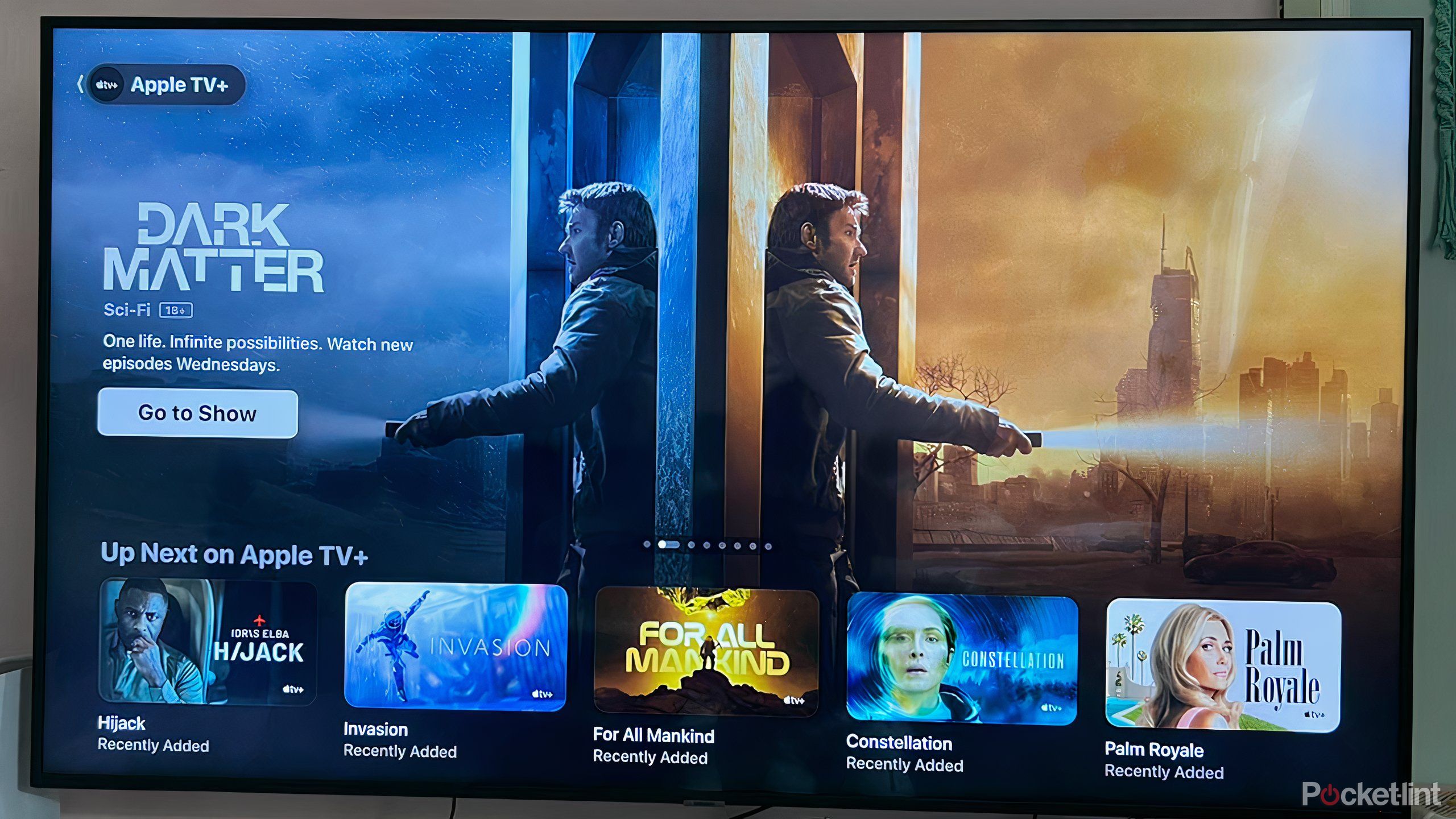
Related
5 smart TV features that just don’t matter
New smart TVs offer a slew of features and perks, but they are not all created equally.
What is HDR10 and HDR10+?
Key differences separate these two video formats
Here’s where things start to get confusing. HDR is a technology, and there are different types of formats of said technology. Two of the most notable HDR formats are HDR10 and HDR10+, and despite the similar names, they boast some key differences.
HDR10 is an open standard format and free to use, so it’s found on many TVs. HDR10+ is also open to use, although it requires certification from its creators, which includes Samsung and Amazon. While HDR10 makes for a good image on screen, HDR10+ is better. That’s because HDR10 is static and HDR10+ is dynamic.
Just because a TV supports HDR doesn’t necessarily mean it’s great at it. Screen technologies and processing power influence the extent to which HDR formats look good.
That means that when you’re watching content with HDR10, the brightness and color set will stay the same throughout the title as the format uses static metadata. HDR10+, meanwhile, employs dynamic metadata, which means that brightness and color settings are changing throughout the title based on the needs of any given scene. Simply, HDR10+ optimizes the visual settings and adapts as needed to what’s happening on TV.

Related
OLED, QD-OLED, LED: Modern screen technologies explained
Shopping for TVs can be confusing, so here all the technologies and marketing terms you need to know.
What is Dolby Vision?
The top rival to HDR10+ offers some improvements
Another HDR format is Dolby Vision, which, like HDR10+, uses dynamic metadata to optimize the content on screen as you’re watching. Dolby Vision and HDR10+ share a lot of similarities. Both offer similar peak brightness, and even though Dolby Vision can support a higher color bit depth (12-bit versus 10-bit), that slight difference doesn’t really factor because most content only goes to 10-bit anyway.
The key difference comes down to availability. Dolby Vision is a proprietary technology made by Dolby, and requires manufacturers to pay a licensing fee to use it. Samsung, which pushed for the creation and implementation of HDR10+, does not use Dolby Vision. Competitors LG and Sony, however, do. Some models by Vizio, TCL, and Hisense will support both formats. In terms of streaming services, most popular options support both formats, though some lean in one direction more than the other. Amazon Prime Video has a lot of HDR10+ content, while Apple TV+, Paramount+ and Hulu are also boosting their HDR10+ titles. Netflix and Disney+, meanwhile, offer a lot of titles compatible with Dolby Vision.
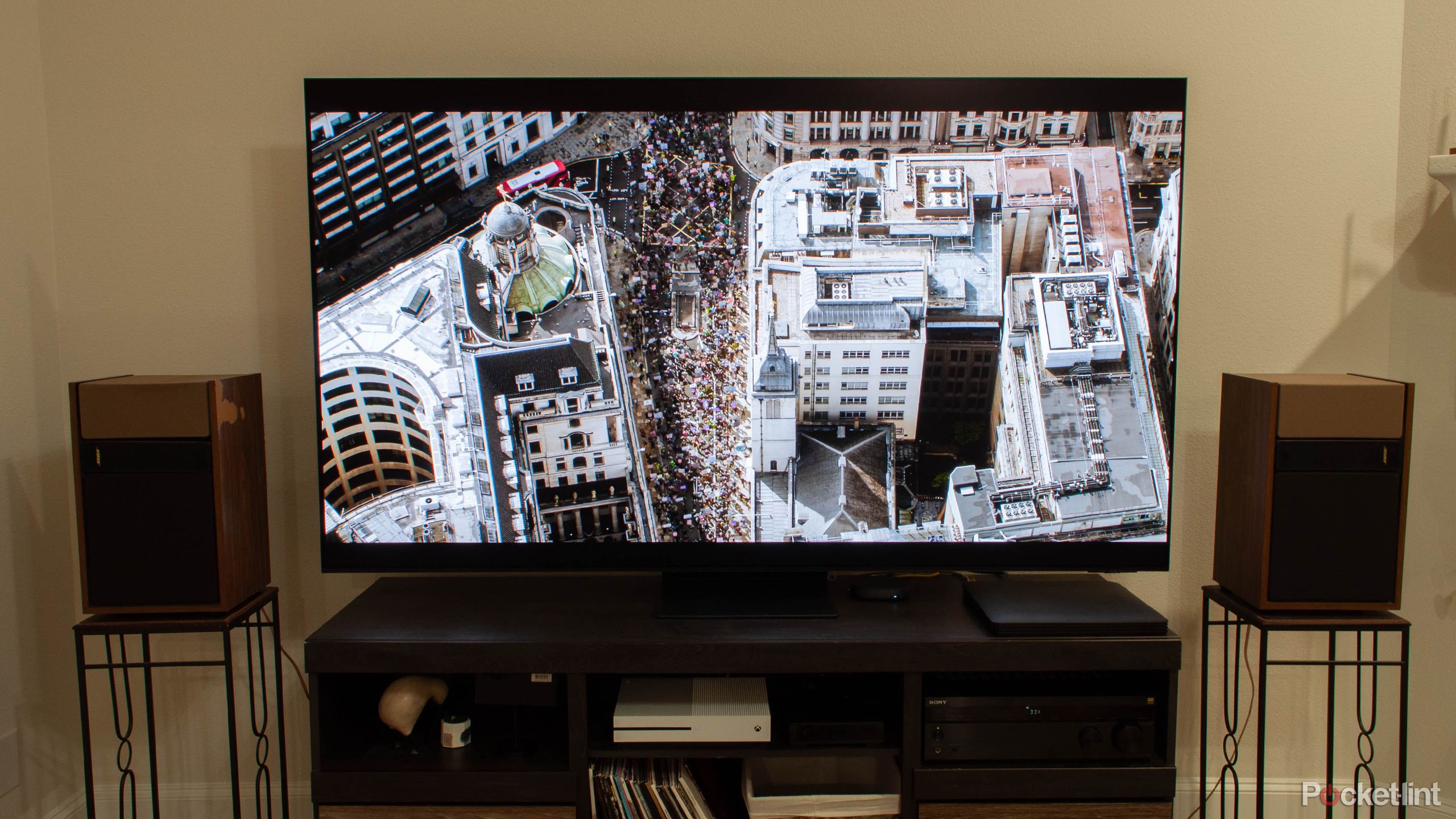
Related
The Samsung S95D is a stunning OLED model for 2024
The Samsung S95D is the top of the line OLED model from Samsung for 2024. It offers a dazzling image with unbeatable contrast and rich color depth.
How do video formats influence what TV I should buy?
If you watch a lot of content, the answer can get complicated
Video formats muddle up the process of buying a TV. The simplest approach is to make sure you buy a new smart TV that supports at least one of HDR10+ or Dolby Vision. These two formats are similar and offer the best way to watch modern content. If you’re looking for a new TV to act as a main entertainment hub, and you frequently watch newer content from the top streaming services as well as major titles from big movie studios, then you’ll want either of the top two formats and to avoid a TV that tops out at HDR10.
Most new smart TVs will automatically recognize a supported video format when playing a title from physical media or a streaming service, so nothing is required from the viewer.
Deciding between Dolby Vision and HDR10+ is more complicated. I don’t know that either one should be the sole factor in determining whether you buy an LG smart TV or a Samsung one. Since most streaming services offer titles in both formats, it’s also going to be hard to accurately assess which format you are likely to use more, especially if you use multiple services. It’s important to know that streaming services don’t necessarily want to align with one particular type of format, and many are trying to offer both as much as they can to appeal to all audiences. So, a catalog’s compatibility today might change in the coming months and years.
When shopping for a new smart TV, it’s important to understand the differences between the main types of video formats, and the ways in which they can improve your picture. Once you know how they work, you can analyze the video formats of the content you frequently consume and find a TV that’s most compatible in order to get the most out of your entertainment experience.
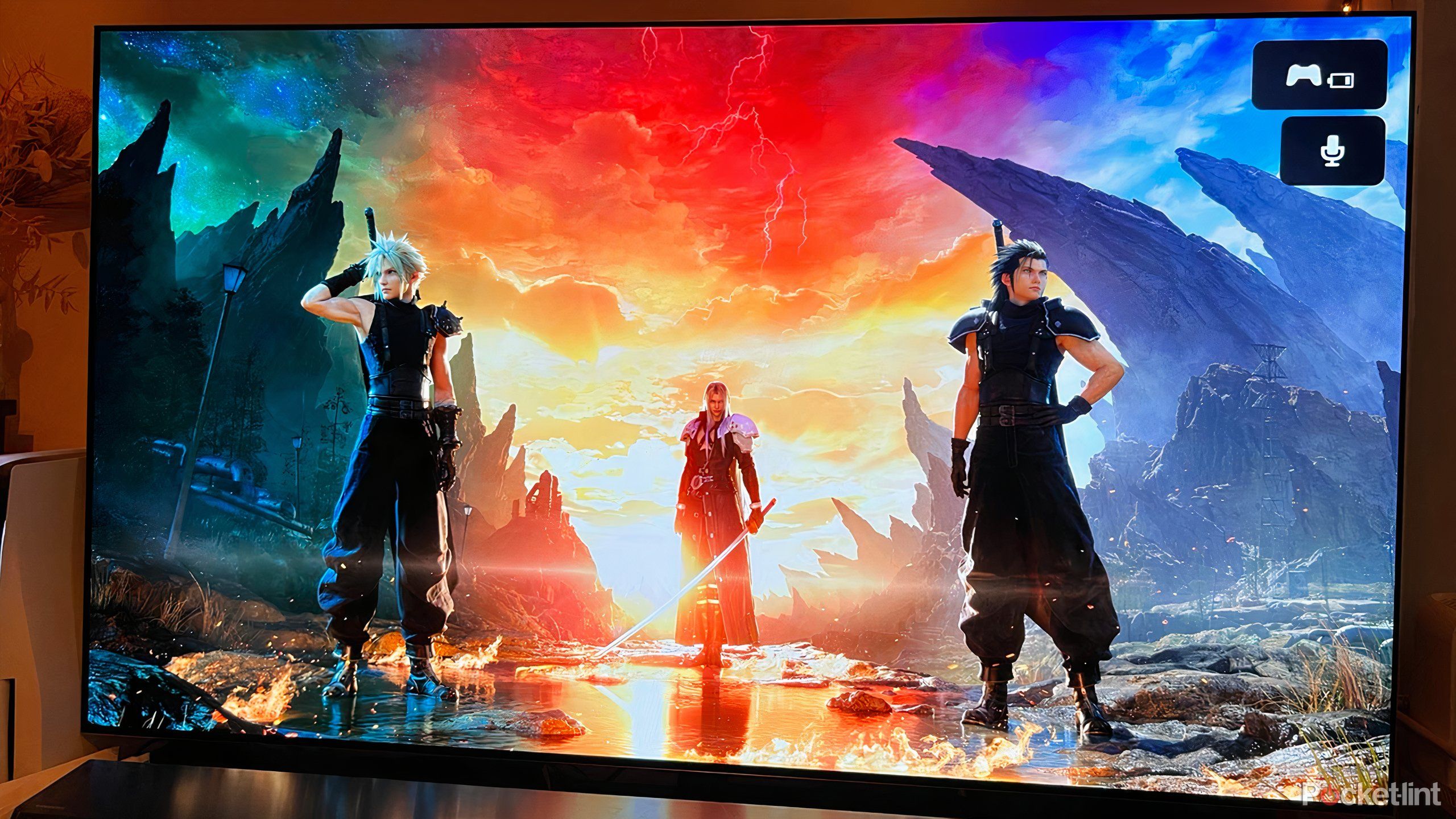
Related
7 reasons I’d buy an LG TV over a TCL TV
Beyond impressive OLED displays, LG offers TVs to suit your lifestyle.
Trending Products

Cooler Master MasterBox Q300L Micro-ATX Tower with Magnetic Design Dust Filter, Transparent Acrylic Side Panel, Adjustable I/O & Fully Ventilated Airflow, Black (MCB-Q300L-KANN-S00)

ASUS TUF Gaming GT301 ZAKU II Edition ATX mid-Tower Compact case with Tempered Glass Side Panel, Honeycomb Front Panel…

ASUS TUF Gaming GT501 Mid-Tower Computer Case for up to EATX Motherboards with USB 3.0 Front Panel Cases GT501/GRY/WITH Handle

be quiet! Pure Base 500DX ATX Mid Tower PC case | ARGB | 3 Pre-Installed Pure Wings 2 Fans | Tempered Glass Window | Black | BGW37

ASUS ROG Strix Helios GX601 White Edition RGB Mid-Tower Computer Case for ATX/EATX Motherboards with tempered glass, aluminum frame, GPU braces, 420mm radiator support and Aura Sync

CORSAIR 7000D AIRFLOW Full-Tower ATX PC Case â High-Airflow Front Panel â Spacious Interior â Easy Cable Management â 3x 140mm AirGuide Fans with PWM Repeater Included â Black


